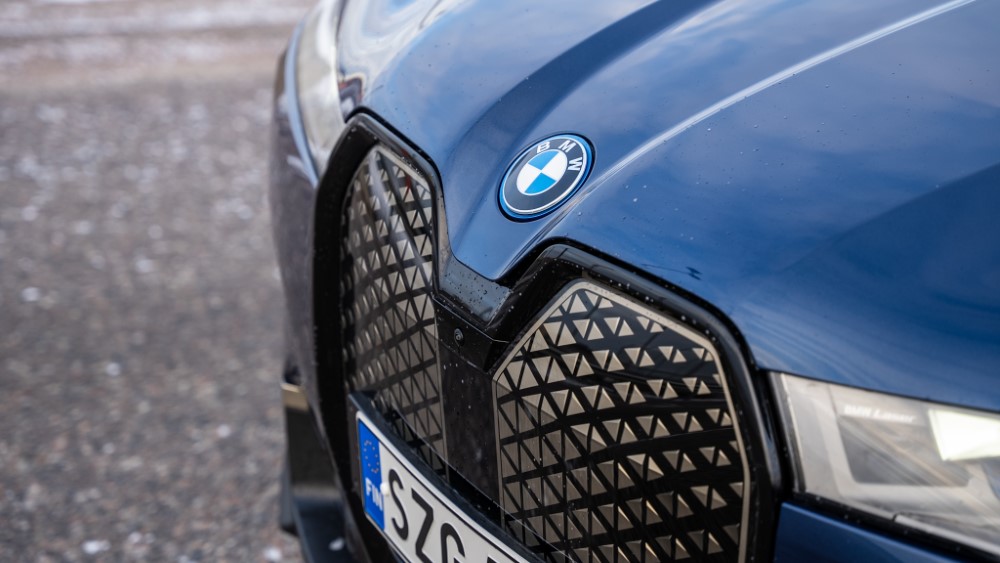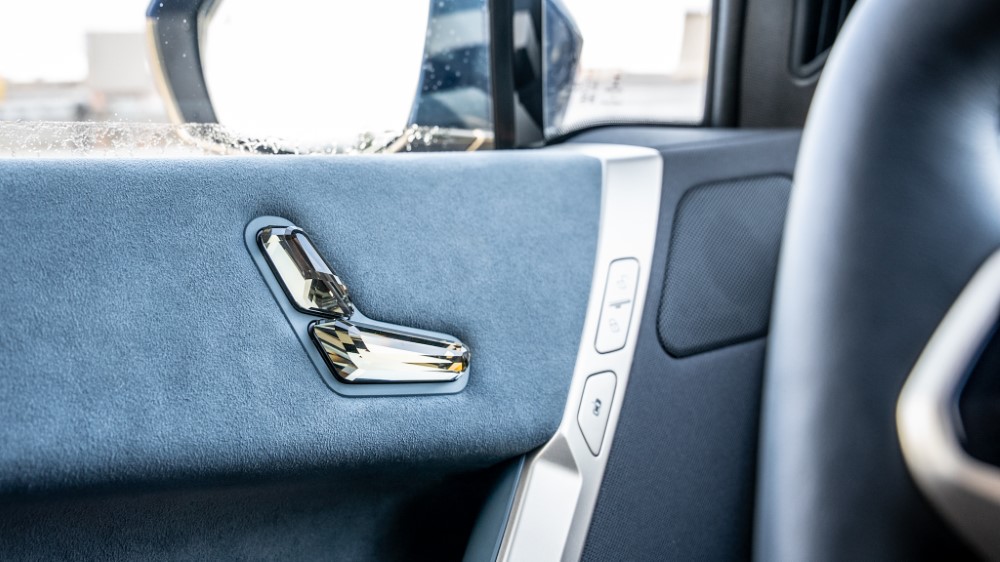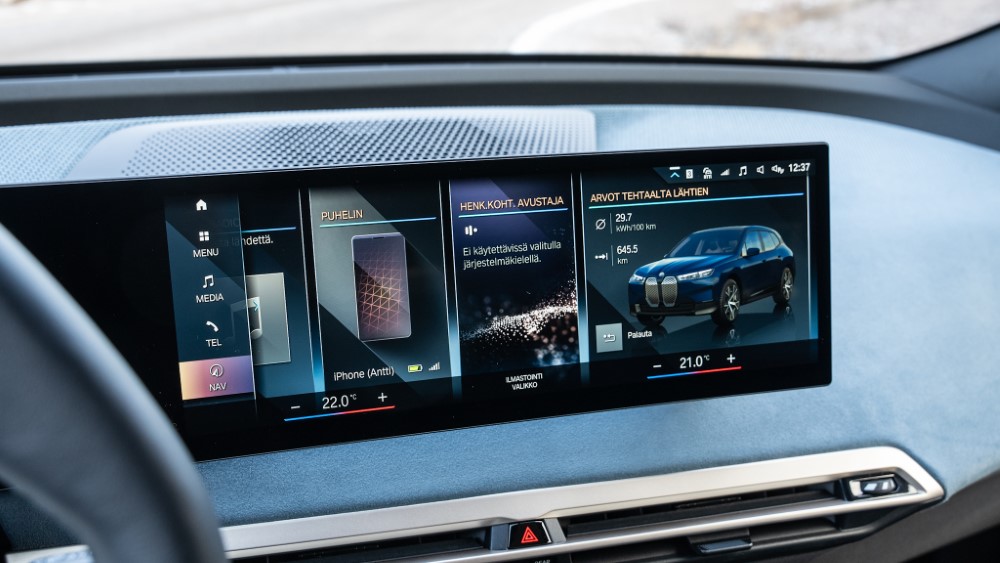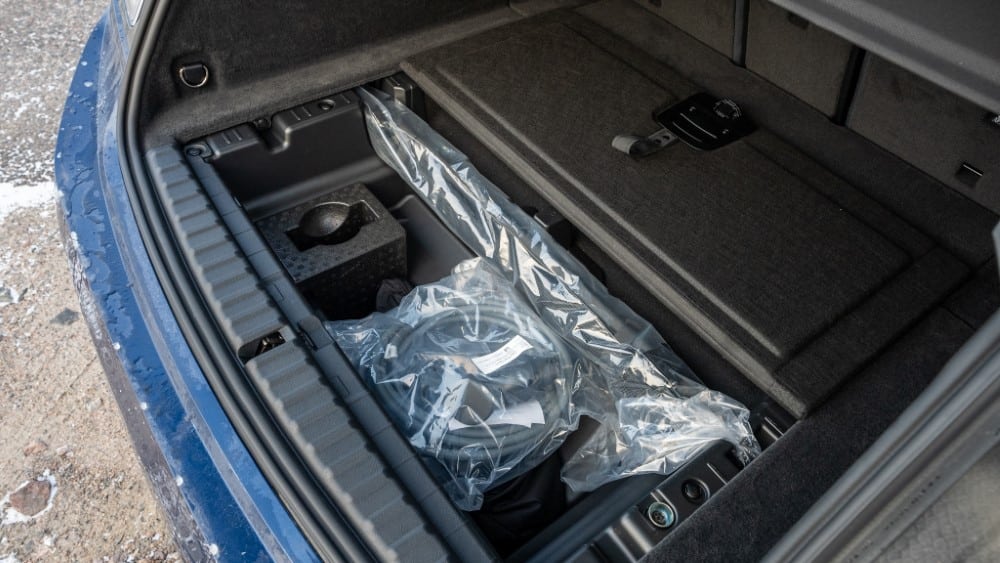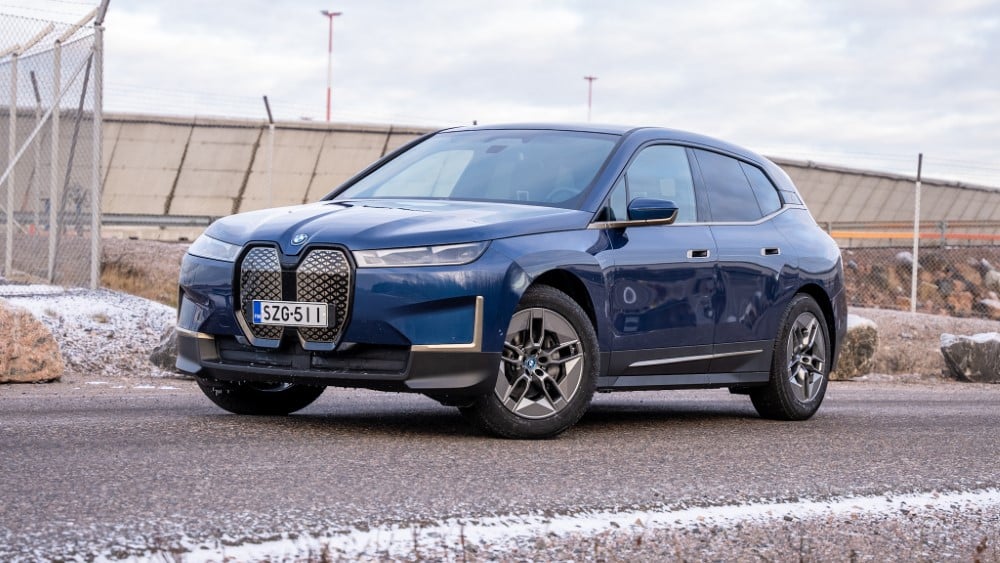The all-electric BMW iX is a completely new body style and the first of its kind. iX is the best value for money that a manufacturer can offer in the world of electric cars. The end result is a package that is undoubtedly one of the finest all-electric models on the market today.
BMW has broken new ground in design over the last few years, and the iX is no different. Bold, large, even bold shapes make the iX very trendy in terms of design, and you can’t help but notice the car in magazine advertisements.
The exterior is an interesting mix of sharp lines and cuts combined with large, rather rounded surfaces. Opinions on the appearance are delicately divided.

In full electric cars, aerodynamics are a big part of a successful overall design, and the iX uses small details to reduce drag, such as recessing the door handles into the bodywork. In electric cars, there are many different door handle solutions, but BMW has put practicality first. The door handles are wide and deep and provide a good grip.
At the front, the huge, angular front grille is an attention-getter. At the rear, the streamlined look is enhanced by the BMW Group’s narrowest tail lights combined with angular diffusers. The iX has a drag coefficient of 0.25.
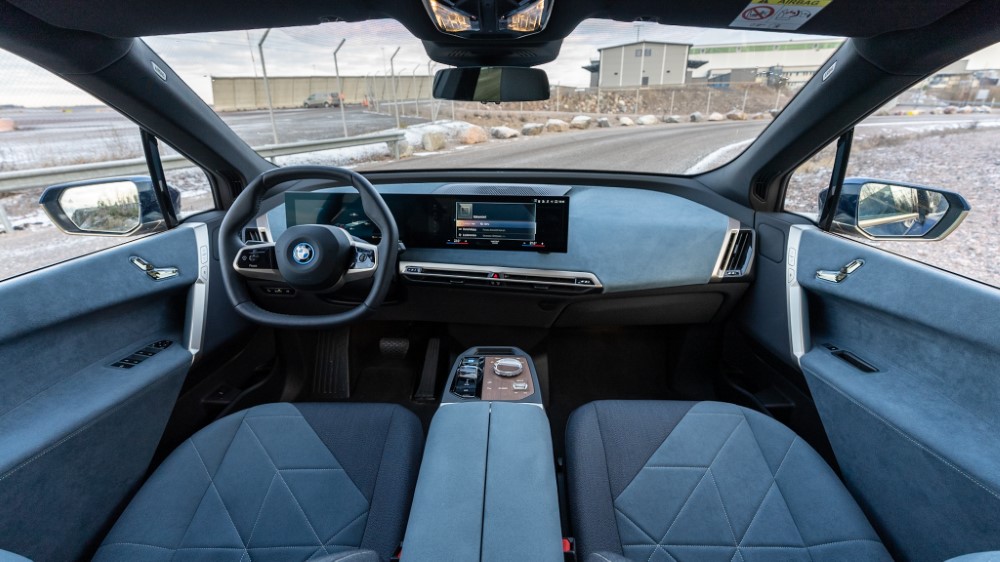
The interior is modern in design, calm in atmosphere
Whether you like the look or not, the first thing you notice when you step inside is the thick doors and the carbon fibre body panels behind the doors. The sleek, modern cabin conceals a myriad of details that feed the visual senses with their elegant design.
A wide curved display panel with two separate screens adorns the low-slung, massive dashboard. The centre screen seems a little too wide and shallow at first, but once you get used to the new iDrive operating system, you’ll quickly feel positive about it.
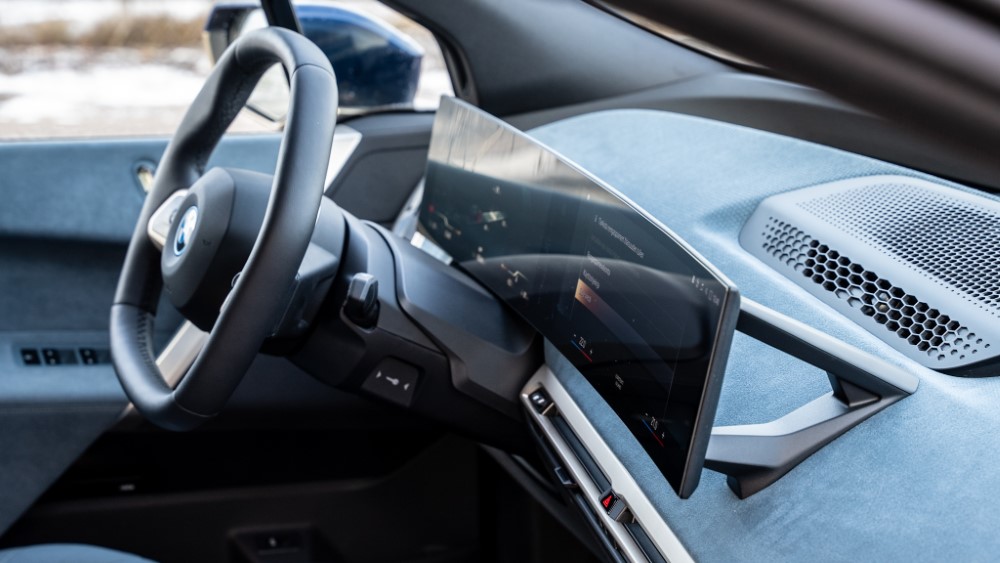
Drivers used to using the touchscreen will have to get used to using the iDrive controller in the centre console, as the centre screen is at the limits of usability due to the distance from the dashboard. The manufacturer calls it the iDrive multifunction control, which at times feels overly multifunctional.
The rotary knob is sometimes too sensitive and precise to respond to rotation and depression, and there are several misfires with the knob during the day, to the point of frustration. The knob itself is glass-coated – like a cockpit diamond – and feels really good in the hand.
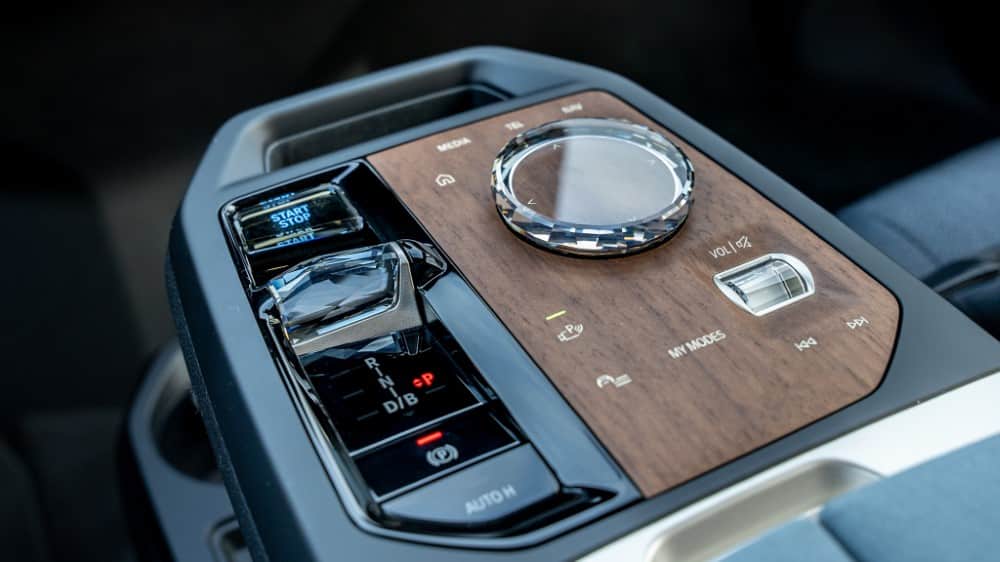
The centre console, which ‘floats’ in the air, contains the other navigation and media controls for the iDrive system, as well as the ignition and gear lever, embedded in a real wooden panel. A slightly awkwardly positioned wireless mobile phone charging cradle and places for drinks bottles are located underneath the centre console.
Click here to see other BMW test drives.
There’s an empty space between the centre console and the dashboard, and the front passenger floors are level with the floor, making the front end feel more spacious. Compared to many other BMW seats, the standard seats in the test car were disappointing and left a lot to be desired in terms of support.
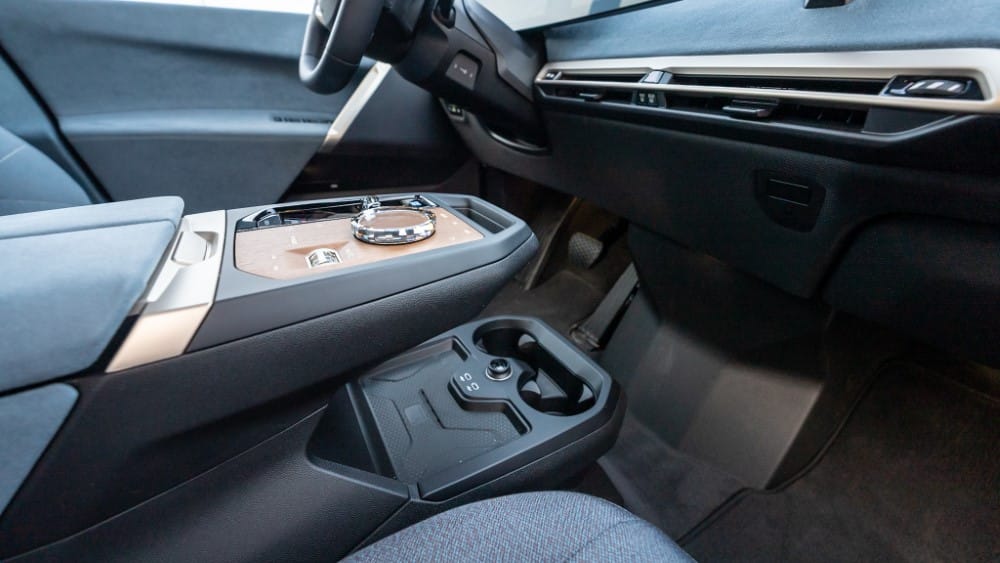
However, the ‘imperfections’ in the cabin are very minor and overall the iX’s cabin is very nice in terms of materials and design. Despite the frameless doors, the noise level in the cabin is very low. The high seat height combined with the large windows provide a very good view outside. In addition to seat heating, winter driving is made more comfortable by heated elbow pads for both hands.
Electric train on the road
Drivability has undoubtedly been one of BMW’s best attributes. The iX is challenged by its almost 2,500 kg curb weight, but the feel of the steering and chassis and the electric powertrain work together very well in the iX. Even on friction tyres, the big iX has a feel to it, and BMW’s dna of drivability has been successfully created for the iX.

At higher speeds, the ride is stable enough that speed easily rises above the limits, and the spacious cabin and seat height help to keep the pace smooth. Only the large, double-sided and slightly angular steering wheel detracts from an otherwise excellent driving experience – or at least the angularity takes some getting used to.
The iX xDrive40 we test drove is the more compact of the currently available models and comes with a smaller battery. The four-wheel-drive iX xDrive40 offers 240 kW (326 hp) of power and an impressive 630 Nm of torque. The battery capacity is 76.6 kWh.
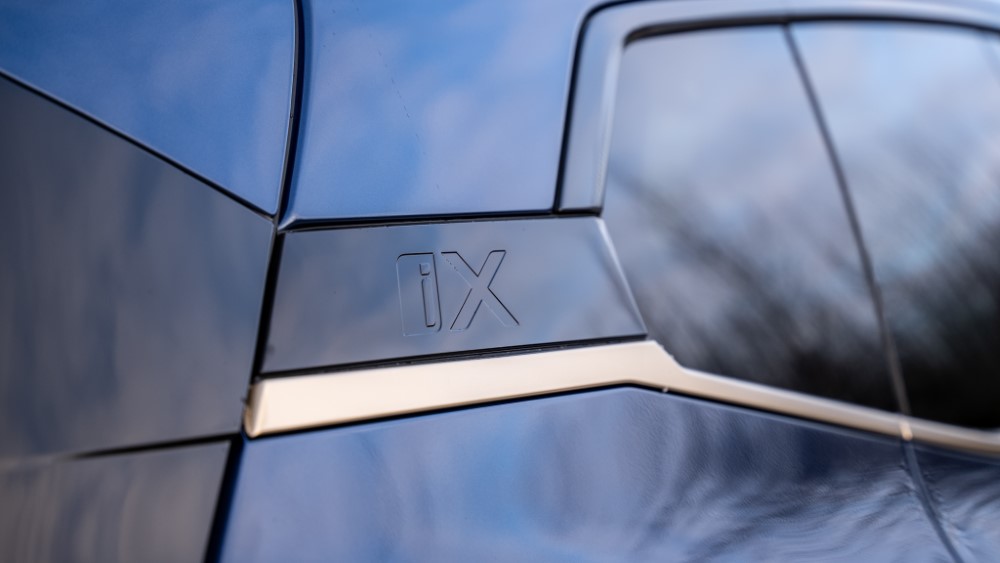
BMW reports a WLTP range of 327-425 km and a combined electricity consumption of 22.5-19.4 kWh/100km. In Autotoday’s test drive, the average consumption in zero cold was around 28-31 kWh/100km. The car was always driven off cold and it was not possible to preheat the car using an external power supply.
On the road, at an average speed of 100 km/h and a temperature of 3°C, the average consumption was a very moderate 21.1 kWh/100km. During the test week, there was also a frosty day at -10 degrees Celsius, when the average consumption for the same motorway journey at an average speed of 100 km/h was 24.0 kWh/100km.
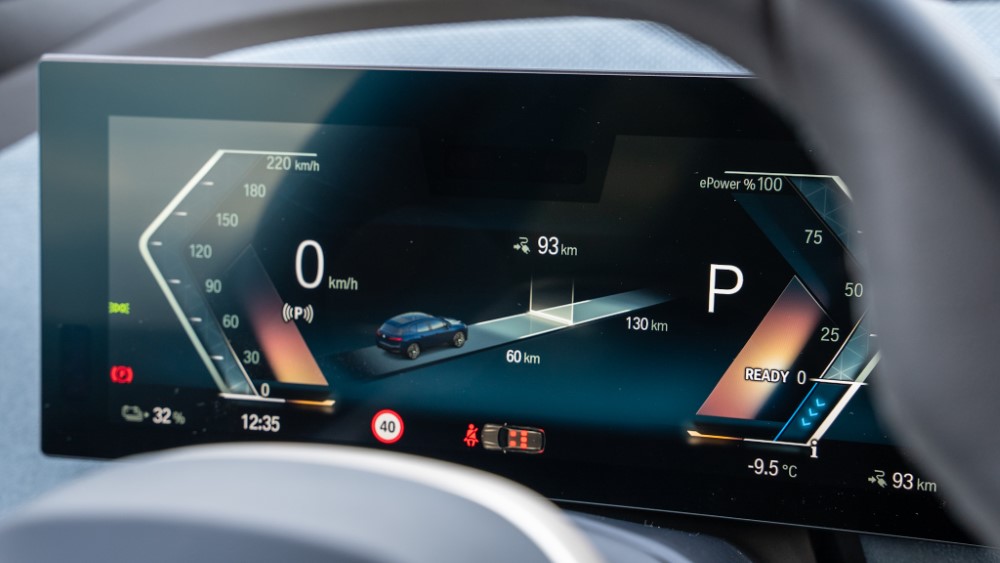
With an average consumption of 30 kWh, the car can travel about 250 km in zero temperatures and just under 350 km in cruising conditions. In summer, the figures are likely to be around 50 kilometres more.
In the more expensive and more powerful iX xDrive50 model, the battery capacity is up to 111.5 kWh. The battery has 35 kWh more gross capacity compared to the test-driven xDrive40 model, so presumably about 150 kilometres more can be covered with the larger battery. The WLTP range for the xDrive50 is 549-630 km.
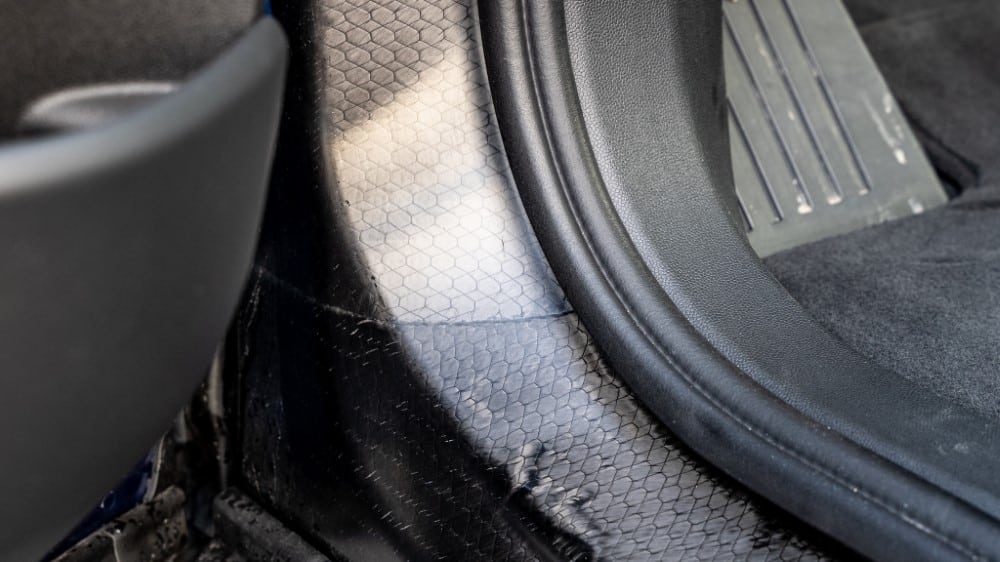
for those who enjoy a quality ride, the iX is a delicious all-electric innovation, topped off with an excellent electric powertrain. Spacious interiors and quality materials make for a pleasant ride, and the 500-litre boot feels more than a litre bigger. If required, a trailer of up to 2,500 kg can be towed behind, a rare treat for an all-electric car.

BMW iX xDrive40
- Electric motor power: 240 kW (326 hp)
- Electric motor torque: 630 Nm.
- Acceleration: 6.1 sec. (0-100 km/h)
- Driving battery capacity: 76.6 kWh.
- Manufacturer’s declared combined fuel consumption: 22.5-19.4 kWh/100km.
- Manufacturer’s declared range (combined): 327-425 km (WLTP)
- Consumption during test drive: 19-35 kWh/100km.
- Maximum charging power (DC): 150 kW.
- Maximum charging power (AC): 11 kW.
- Deadweight: 2440 kg.
- Cargo space: 500 l.
- Traction: four-wheel drive
- Towing capacity: 2500 kg.
- Starting price: 89 891 euros
